
| Admissions | Accreditation | A to Z Degree Fields | Booksellers | Catalog | Colleges | Contact Us | Continents/States/Districts | Contracts | Distance Education | Emergency | Emergency Medicine | Examinations | Forms | Grants | Hostels | Honorary Doctorate degree | Human Services | Internet | Investment | Instructors | Internship | Login | Lecture | Librarians | Membership | Observers | Professional Examinations | Programs | Progress Report | Recommendations | Research Grants | Researchers | Students login | School | Search | Seminar | Study Center/Centre | Sponsorship | Tutoring | Thesis | Universities | Work counseling |
 Make/Model/Series
1
Make/Model/Series
1
|
Do mergers of aircraft manufacturers hurt or help? What should the world look forward to in aircraft manufacturing? What recommendations are there for aircraft manufacturing? Who all must merge in aircraft manufacturing? What resources are required to manufacture the types of aircraft displayed here? How is an aircraft built? Why are these resources essential for all states around the world? What is the main purpose of these aircrafts? Is it possible to manufacture these planet/global aircraft with specifications displayed at this resource? How should you ideally go ahead with manufacture of large aircraft? What is aerospace engineering? What is aerospace electronics? What are examples of common electronic components? How are electronic components categorized? How many aerospace engineers are required to manufacture a large aircraft within 18 months? What will the aircraft look like? Do you manufacture these resources within the state? What do you have to do to manufacture these resources within the state? What do you understand by open source manufacturing of products? |
|
Do mergers of aircraft manufacturers hurt or help?
Aircraft manufacturers’ mergers help the aviation services. What should the world look forward to in aircraft manufacturing? Aircraft manufacturers’ mergers will result in one world aircraft manufacturing entity worldwide, a public service aircraft manufacturing entity. What recommendations are there for aircraft manufacturing? There should be a merger of aircraft manufacturers worldwide to one world entity of aircraft manufacturing. Who all must merge in aircraft manufacturing? Airbus Antonov ATR AVIC I/II BAE Systems Boeing Bombardier Britten-Norman Cessna Dornier Embraer Fairchild Aerospace Fokker Hawker Beechcraft Indonesian Aerospace Lockheed Martin LZ Auronautical McDonnell Douglas NAMC Pilatus Aircraft Piper Aircraft Saab Shorts Sukhoi Tupolev Yakovlev These entities existed up to January 17, 2014. New tail numbers will be given to all aircraft worldwide. What are the specifications of aircraft you manufactured that are in service now? Aircraft manufacture What resources are required to manufacture the types of aircraft displayed here? Engineering resources: Devices, machines, materials, processes, structures, and systems. Human resources for aircrafts manufacturing. Methods and services. Locations to build and assemble various parts and data centers. Data centers with proper human resources are the most important resources for the manufacture of these aircrafts. How is an aircraft built? |

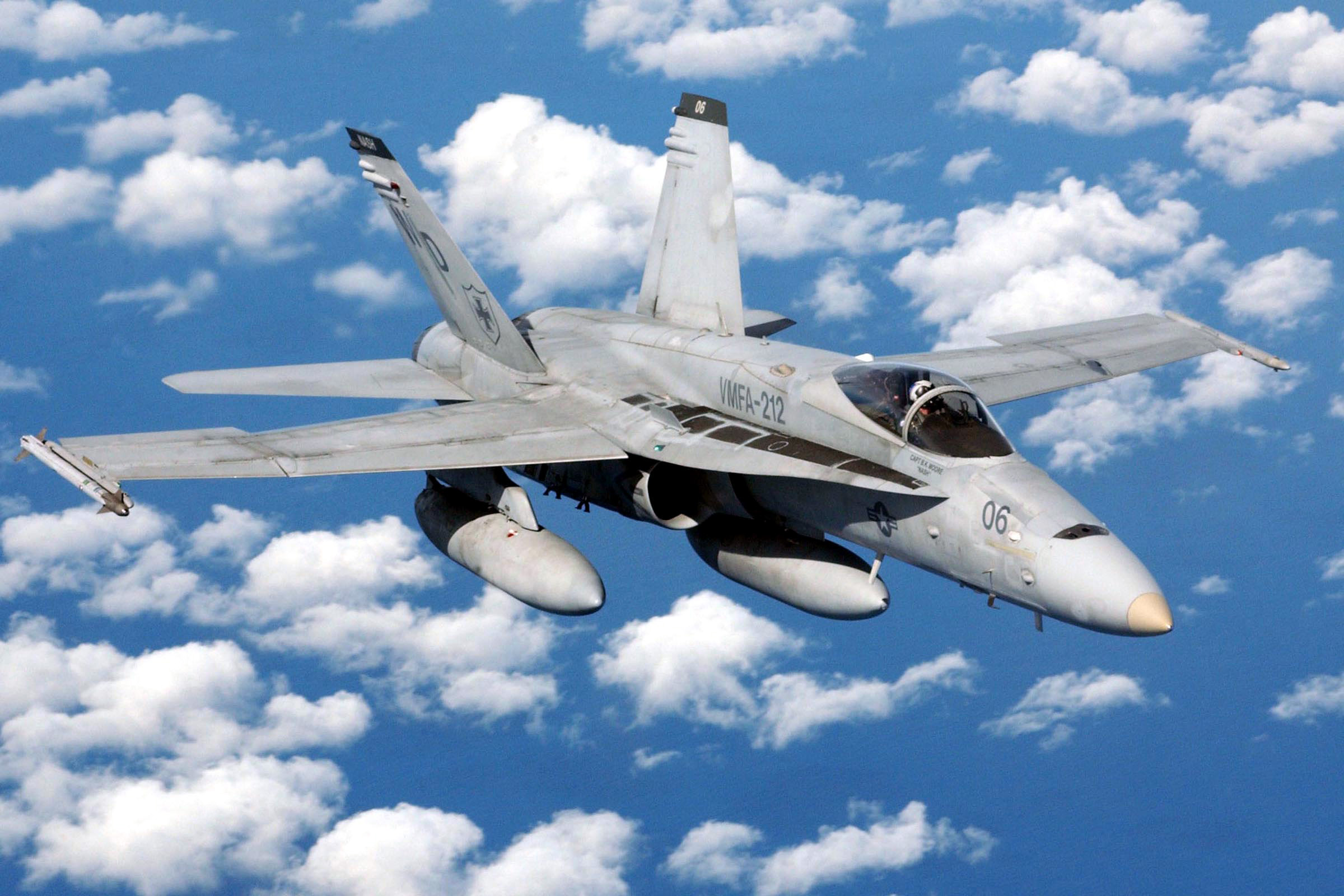 F/A-18 Hornet |
 JF-17 Thunder |
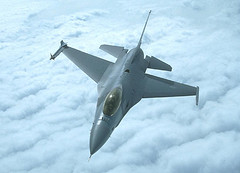 F-16 fighter plane. |
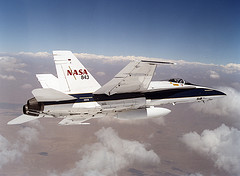 F-18 HARV (High Alpha Research Vehicle). |
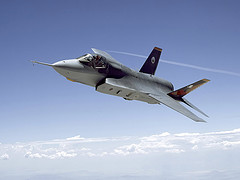 F-35 fighter plane. |
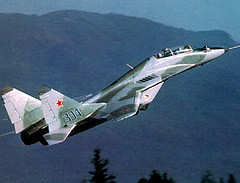 Flying a MiG-30 fighter |
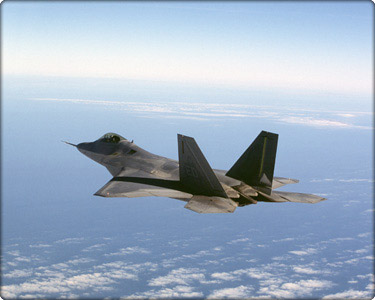 F-22 Raptor. |
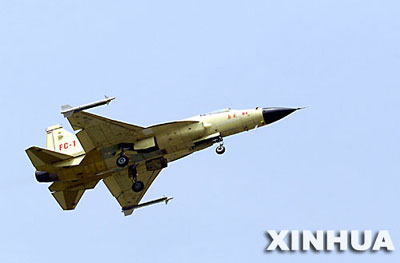 The Xiaolong/FC-4 fighter plane. |
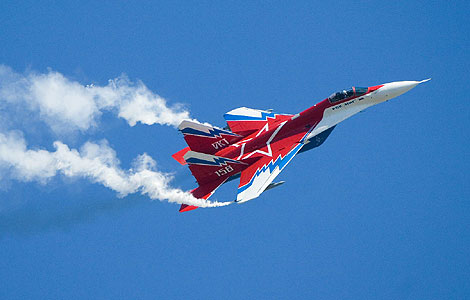 MIG-29 fighter plane. |
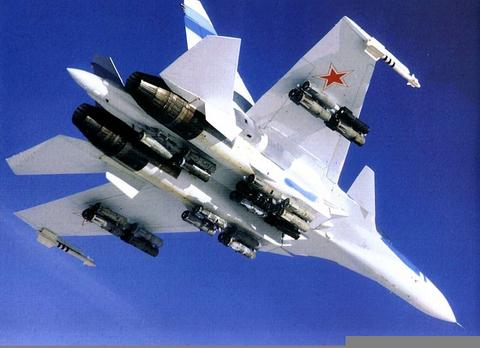 Sukhoi-30 fighter plane. |
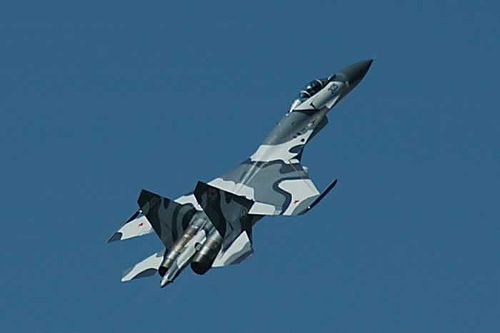 Sukhoi-27 fighter plane. |
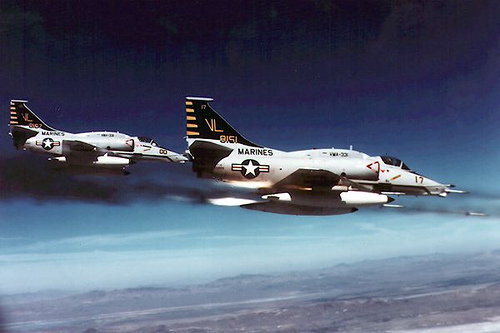 A-4 SkyHawk Firing. |
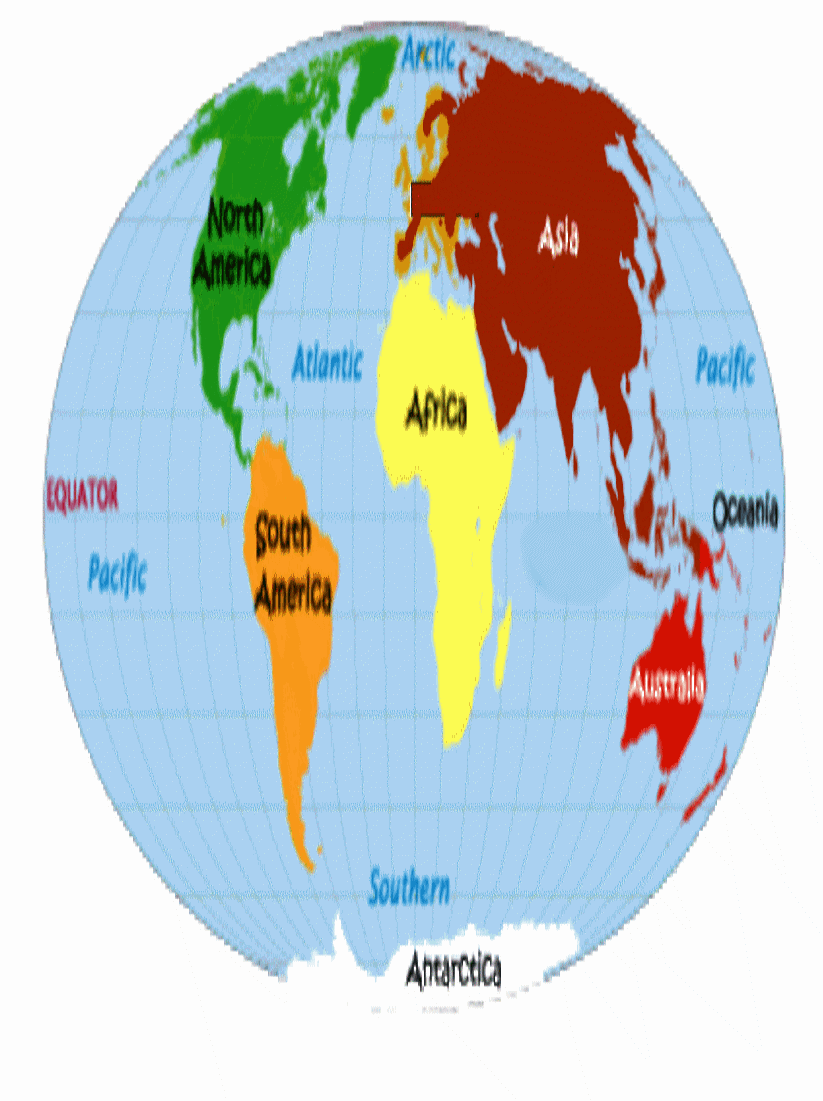
Military Aircraft
Intercontinental aircraft

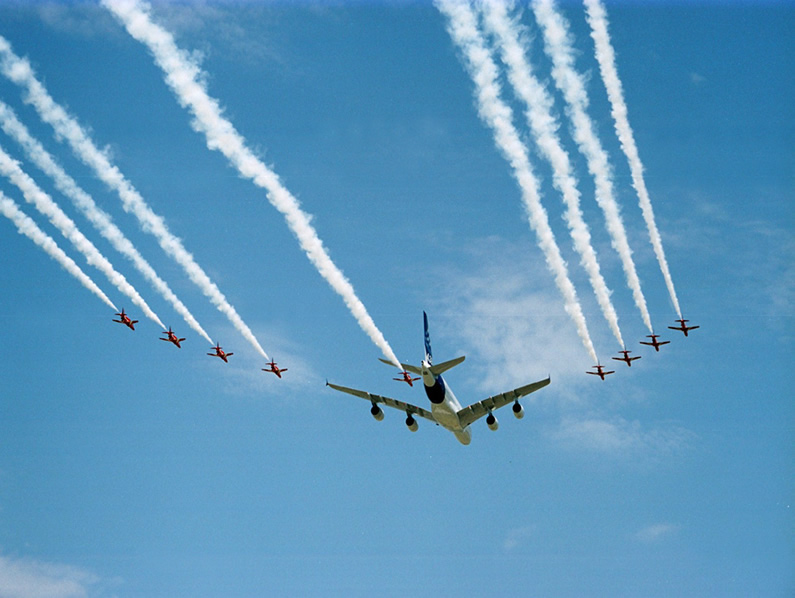
|
|
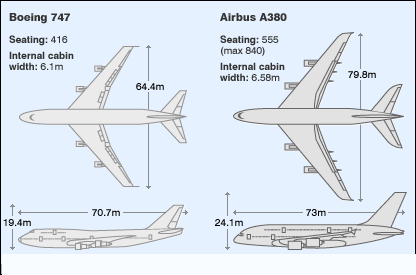
|
|
| 001 Coming Soon | |
|
| |||
| Measurements | |||
| Wingspan |
|
|
|
|
| |||
| Length |
|
|
|
|
| |||
| Height |
|
|
|
|
| |||
| Weight: Empty |
(277,000 kg) |
(178,756 kg) |
|
|
| |||
| Weight: Max Takeoff |
(560,000 kg) |
(397,000 kg) |
|
|
| |||
| Capacity/Layout | |||
|
| |||
| Crew |
|
|
|
|
| |||
| Passengers (three-class arrangement) |
|
|
|
|
| |||
| Seating configuration |
two aisles per deck |
two aisles main deck |
two aisles main deck |
|
| |||
| Miscellaneous | |||
|
| |||
| Range |
|
(13,450 km) |
(13,450 km) |
|
| |||
| Service ceiling |
|
|
|
|
| |||
| Top cruising speed |
|
|
|
|
| |||
| Long-distance cruising speed |
|
|
|
|
| |||
| Powerplant | 4 Rolls-Royce Trent 900 turbofans (initially 70,000 lb thrust; cleared at 80,000 lb thrust) or 4 Engine Alliance GP7200 turbofans (approx. 82,000 lb thrust) |
or 4 Rolls-Royce RB211-524 H2-T (59,500 lb thrust) or General Electric CF6-80C2B5F (62,000 lb thrust) |
(82,000 lb thrust) |